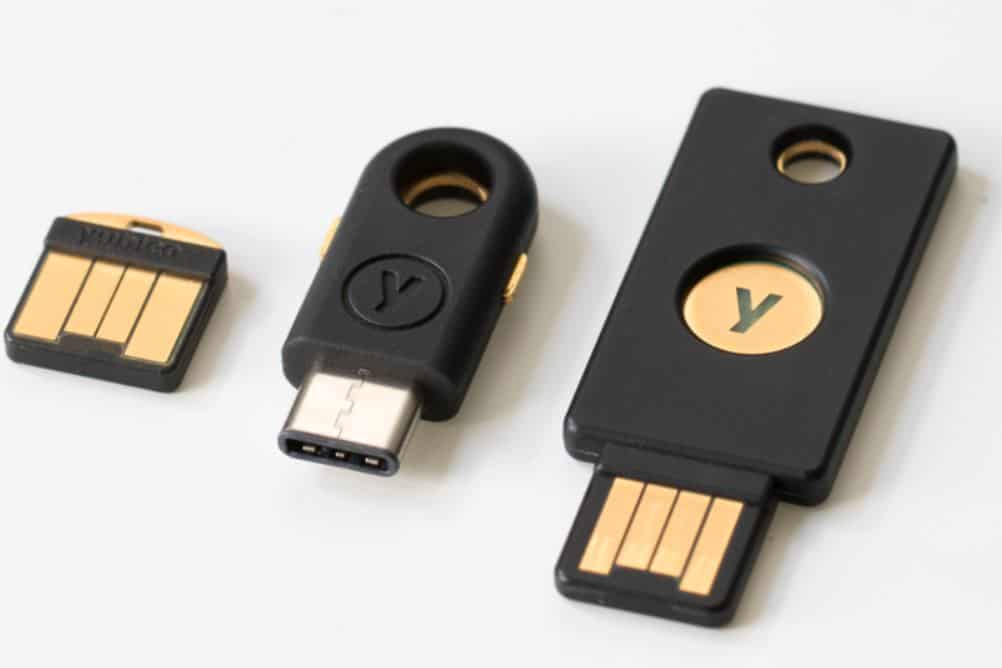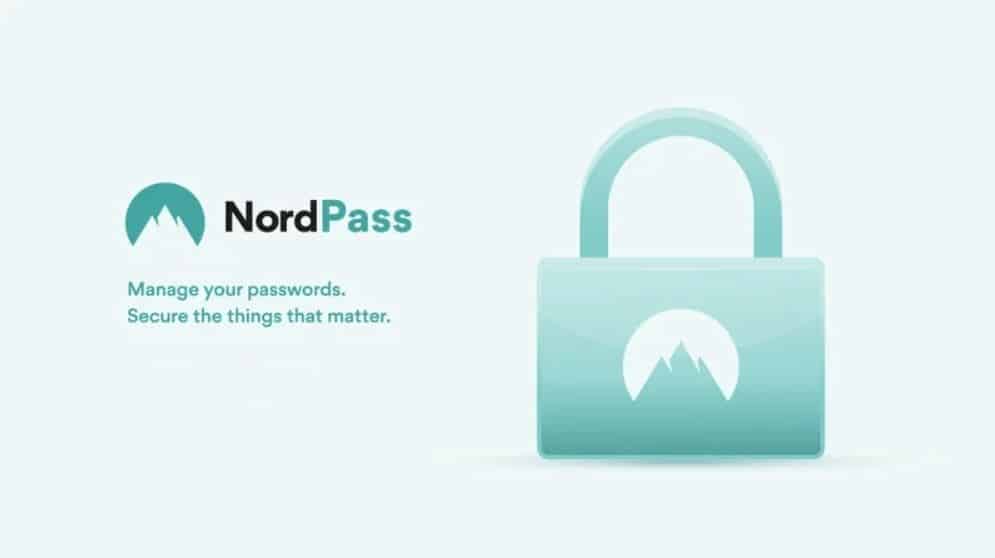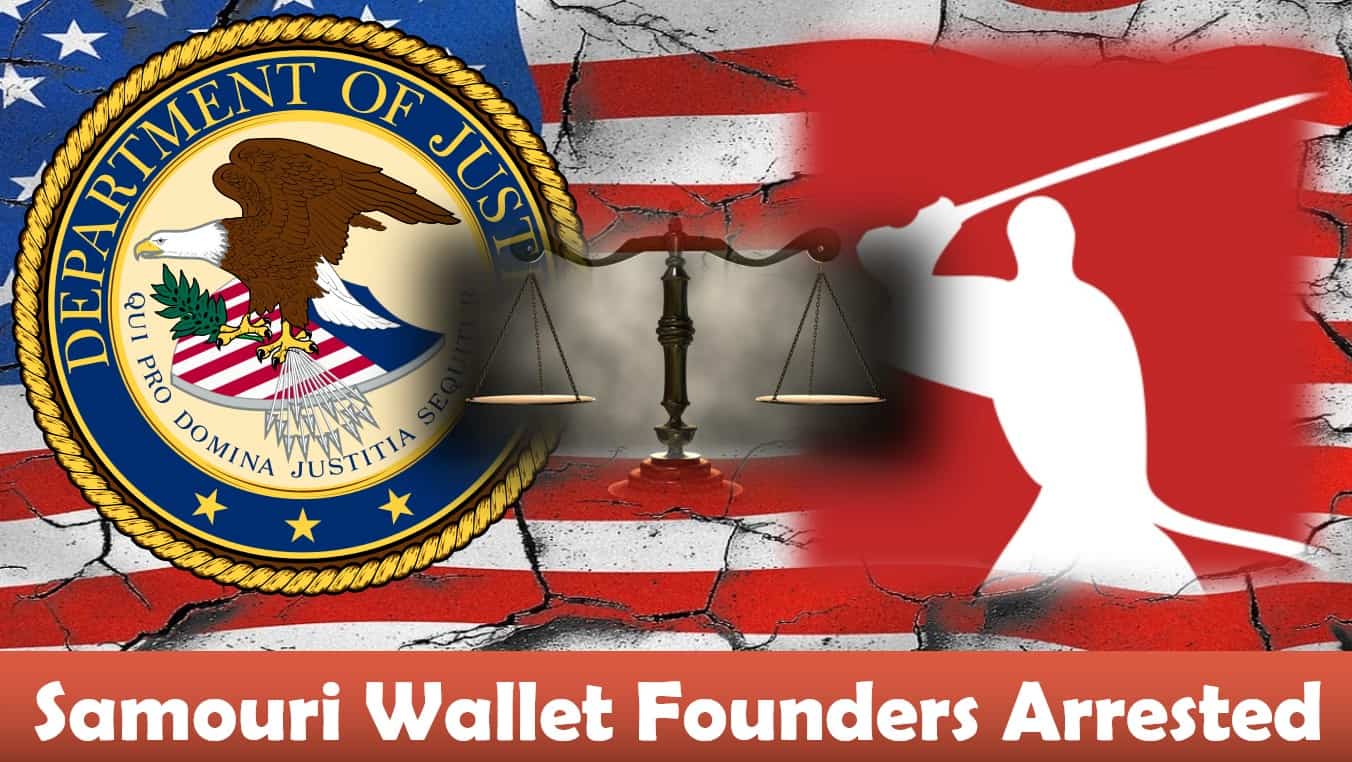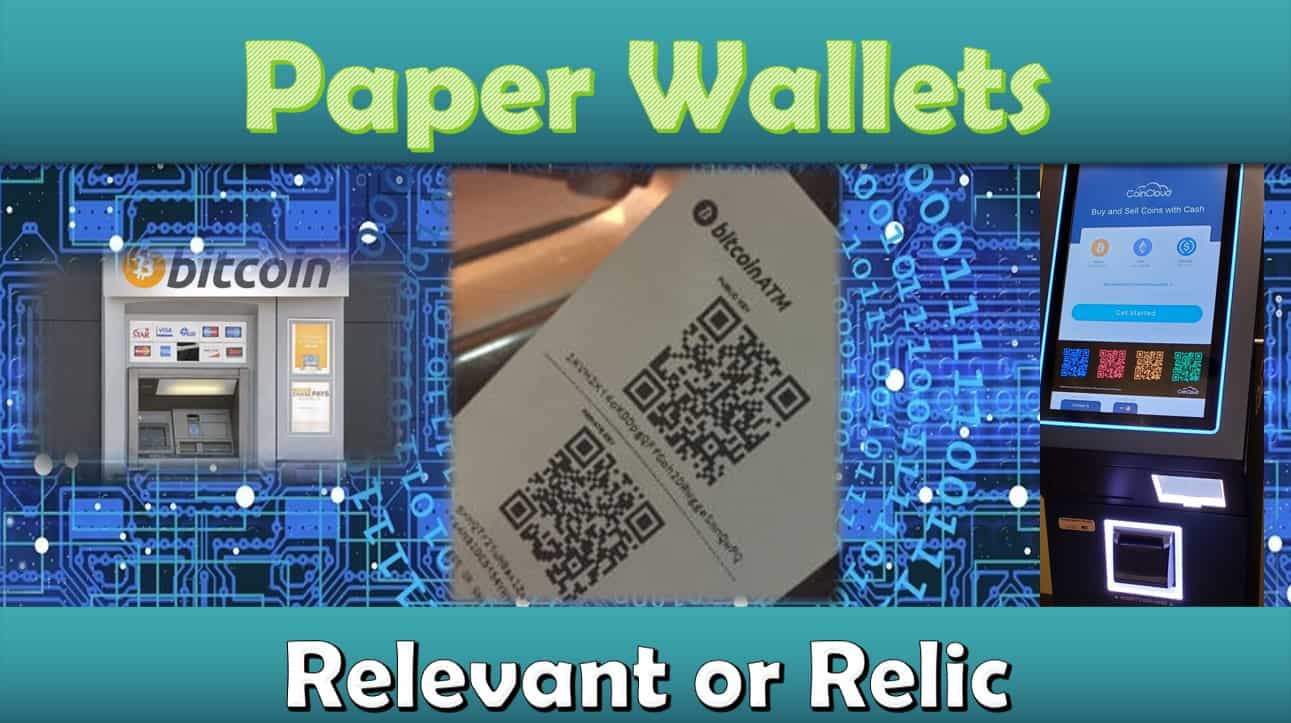
Secure Your Wallet: Key Steps Beginners Might Be Missing
Welcome to the world of cryptocurrencies, where digital assets have taken the financial landscape by storm since the Bitcoin whitepaper was released in 2008.
With the rapid growth of this exciting and transformative technology, the need to understand how to keep your cryptocurrency investments safe has become more crucial than ever before.
This begins with understanding the level of security necessary to protect your growing digital wealth.
Crypto wallet security refers to the measures taken to ensure that your crypto wallet remains safe from malicious actors who seek to steal your digital assets. These measures include properly securing your seed phrase, creating frequent wallet backups, keeping the wallet software up to date, not storing large amounts of cryptocurrency in online wallets, and only trusting reputable crypto wallet providers. Additionally, it is important to research and understand any potential security threats associated with the crypto wallet you are using.
As someone who has been navigating the intricate realm of crypto wallets since 2017, I am here to help guide you through the essential steps to ensure the security of your digital fortune.
As we move forward, we’ll dive into the world of cryptocurrency wallet security, demystifying the jargon, and arming you with practical knowledge that even beginners can easily implement.
Because cryptocurrencies operate on the principle of decentralization, which means there is no central authority overseeing transactions, this necessitates heightened security awareness on your part.
Afterall, in crypto, You Are The Bank.
As we move forward, we’ll delve into the various threats that your cryptocurrency wallet might encounter. We’ll explore the concept of multi-layer security, and why it’s essential to implement these layers to safeguard your holdings.
Moreover, we’ll discuss common vulnerabilities, and how to steer clear of them, ensuring your transactions remain private and secure.
For those who are a bit more seasoned in the space, we’ll be delving into advanced security measures like hardware wallets, and multi-signature setups.
No matter if you’re intrigued by the idea of investing in cryptocurrencies or you’ve already started your journey, remember that security is the bedrock upon which all successful ventures in this space are built.
So let ‘s begin our journey by understanding why varying levels of security is necessary when using your crypto wallet.
Guide To Your Wallets Security
Why Wallet Security is Imperative
Most people enter the crypto space with one thing in mind… making money.
That IS definitely one of the main reasons for being here… hey, that’s how I first started… you can read more about my crypto origin story here.
Regardless how you arrived here, you’re now part of a financial revolution which continually redefines how we perceive, and manage wealth.
Cryptocurrency offers everyone unprecedented levels of financial sovereignty and control.
However, this newfound empowerment comes with a caveat… the necessity of preserving the sanctity of your digital assets through robust wallet security.
While this article is all about securing the cryptocurrency wallet you choose for protecting your digital wealth, it is not about explaining what a cryptocurrency wallet actually is, or why using one is actually necessary.
This is not because these topics are not important to understand… on the contrary, they are actually VERY IMPORTANT!
So, you should take the time to head to this comprehensive article I’ve written about cryptocurrency wallets so you have the complete picture of what they are, and the different options you can choose from.
Once you’ve completed that, you need to understand why using a wallet is a must. This article will help better explain the why.
But now, let’s get back on task, and help you grasp the importance of wallet security.
Navigating the Threat Landscape
As we continue, understand this… the threats to your crypto holdings abound everywhere.
Hackers, scams, and other malicious actors are drawn to the allure of decentralized wealth and have developed sophisticated techniques to exploit vulnerabilities.
From phishing attacks that deceive users into revealing sensitive information, to malware designed to compromise private keys, the potential risks are as diverse as they are insidious.
Heck, most people still refer to the cryptocurrency space as the wild west!
There is a good reason for that. Hackers and malicious actors often target unsuspecting users, exploiting their lack of awareness, or their lack of basic security practices.
The surge in crypto-related scams underscores the need for vigilance, as these threats can result in irreversible losses.
Irreversible Nature of Crypto
Unlike traditional financial systems, cryptocurrencies operate on decentralized networks, rendering intermediaries obsolete, and placing the responsibility of financial security squarely on the shoulders of users.
While this gives crypto users an amazing level of freedom and autonomy with their assets, it requires the user to understand exactly what they’re doing when they transfer their crypto to someone else.
The immutable and irreversible nature of blockchain transactions means that once a transfer is initiated, there is no recourse to undo it.
This unique characteristic amplifies the importance of secure wallet management, as even a single misstep can result in irreparable loss.
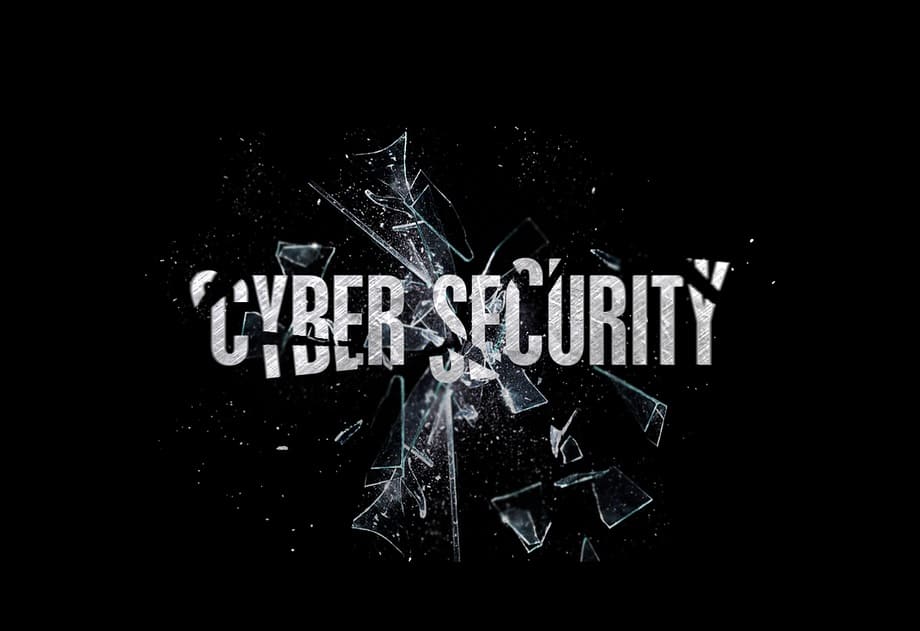
Consequences of Poor Wallet Security
Let’s face it, an unwavering fact of life is… everything we do (or don’t do) has consequences.
In the world of crypto, this is as true as any other aspect of your life.
As for the consequences of neglecting proper crypto wallet security, you need to realize that they could be dire.
Imagine waking up one morning only to find that your hard-earned digital assets have vanished into thin air. It almost seems unfathomable that all of your crypto could be gone, due to a single oversight, or a momentary lapse in judgment.
Such occurrences are not mere hypothetical circumstances. Unfortunately for some in the space, they are the grim reality.
At the end of the day, poor wallet security can lead to the permanent loss of your funds. Sadly this could shatter your financial dreams, and create undo emotional distress.
Additionally, compromised wallets can serve as entry points for broader attacks, potentially exposing your personal and financial information to criminals.
As a matter of fact, having good security practices with everything you do online is critical.
Frankly, this can not be overstated!
For this very reason, I created an entire online security series to help you with protecting yourself from all of these different attack vectors.
These security practices are the foundation for the multi-layered security approach we will discuss later in this post.
So, if you want to have a good starting point for keeping yourself safe online, take a few minutes to read this first article which gives you the overview. Once you’ve completed that, you can dive into each section individually.
The bottom line is, you need to keep yourself, and your digital assets safe.
In this era of limitless possibilities and digital empowerment, the responsibility of securing your cryptocurrency holdings rests solely in your hands.
By staying informed about the potential risks, implementing robust security measures, and cultivating a vigilant mindset, you can thwart the efforts of hackers, scammers, and malicious actors.
That journey begins with knowing what the most common threats are so you can avoid them.
Common Crypto Wallet Threats
As we discuss the potential threats you face online, my goal is to empower you with the knowledge and practical strategies to safeguard your cryptocurrency wallet from the myriad of threats it may face.
Cryptocurrency wallets, being a prime target for cybercriminals, require vigilant defense measures.
Let’s explore the common threats such as phishing attacks, malware, keyloggers, social engineering attacks, and public Wi-Fi risks that cryptocurrency wallets face, and then dive into actionable steps to protect against each of these threats.
Understanding The Threat Landscape
Cyber security… heck, cryptocurrency security included, is a complex and rapidly evolving field, with an ever-growing list of threats that wallet owners need to be aware of.
From phishing scams to malware infections, there are countless ways malicious actors try to gain access to your wallet and steal your funds. It’s essential for crypto owners to understand the various threats they face in order to protect their funds from these malicious actors.
Knowledge is potential power for protecting yourself and your assets.
Channeling this knowledge into action is actual power to effectively defend yourself.
So let’s take a look at this threat landscape, this way you’ll be better equipped to make informed decisions about how to secure your wallet, and make sure it stays safe.
Phishing Attacks
These attacks involve fraudulent attempts to obtain sensitive information by posing as a legitimate entity.
They often take the form of an email, website, or pop-up window that redirects users to a malicious URL and prompts them to enter their credentials.
Once the fraudsters gain access to user accounts, they can then steal sensitive information, such as wallet addresses and private keys.
The impact can be devastating, leading to the complete loss of your crypto assets.
Malware
Malware is something that has been around since the advent of computers.
Malicious software, including keyloggers and trojans, can compromise your device, and steal sensitive data, such as wallet passwords or private keys.
This malicious software can infect your computer, phone or other electronic device, and not only potentially steal your cryptocurrency, but it can hijack your computer’s resources for mining.
Moreover, this type of software can record your keystrokes, potentially capturing your wallet credentials as you type them.
The malicious software can be embedded in emails, apps, websites, or programs.
It is essential that users are aware of the dangers posed by malware, and ensure they are running cybersecurity solutions to protect their devices from these threats (we will discuss this more shortly).
Ultimately, the impact of this type of attack can range from stolen funds, to unauthorized access to your wallet.
Social Engineering Attacks
Attackers may use psychological manipulation to convince you to divulge confidential information, or get you to perform actions that compromise your security.
These techniques can include impersonating a wallet provider or exchange, making false promises of large returns on investments, and using other methods to deceive users and obtain their sensitive information.
This type of attack is particularly insidious, as it exploits the naivety, and trusting nature of inexperienced users.
As you might suspect, these attacks can lead to unauthorized access to your wallet, or personal information.
Public Wi-Fi Risks
Let’s be honest, these days we are all on the go. So, we’re not always logged into our home or work Wi-Fi.
While having access to a Wi-Fi signal wherever you go is certainly convenient, it is a hotbed for hackers looking to intercept your data.
This vulnerability is especially high on open, public Wi-Fi networks, however it is still possible on closed networks provided to you free by restaurants and businesses where you are a customer.
By connecting to these types of Wi-Fi networks you expose your device to potential attacks. Sadly, many of these networks are often unsecured, which just increases the risk of being compromised.
Attackers who lurk on these networks can intercept your data, including wallet-related information, leading to breaches and loss of funds.
After reading about all of these potential threats, it can seem like you’re screwed no matter where you go and what you do.
Take heart, there are steps you can take today to help mitigate your risks.

Navigating The Threats
Now that you have a better understanding of some of the threats you could face when using your cryptocurrency wallet, let’s discuss some ways to help mitigate those risks.
By taking proactive measures, you can significantly reduce the risk of having your wallet compromised.
Let’s explore each of these measures in more detail.
Mitigating Phishing Attacks
Fundamentally, this type of attack is generally the easiest to protect yourself from.
First and foremost, never click on a link, or open an attachment from someone you don’t know, regardless of the source.
Even if it appears to come from a legitimate provider, be sure to double-check the sender’s email address before following any links included in the message. Be wary of shortened links, as they can hide the actual destination.
Additionally, when accessing wallet providers with web browsers, always make sure you are on the correct site. Beware of sites with misspelled domain names, or poor grammar and design, as these may be signs of a fake website.
Check for secure connections (https://), and double-check the URL before entering any credentials or sensitive information.
Bookmarking important and frequently visited web addresses can help to reduce the risk of using a fake website.
Be wary of any communication that asks for your wallet credentials or private keys.
Finally, make sure to use two-factor authentication when available. This adds an extra layer of security to your wallet that can help protect you from phishing scams.
Mitigating Malware
The key to success against malware and keyloggers is fortifying the defenses of the device you are using.
Start out by using effective antivirus software, and keep it up-to-date. This type of software will help detect, and prevent malicious programs from infecting your computer or other devices.
Not to mention that these days, this type of software also has other firewalls which will help to protect your personal data.
For any antivirus software to be most effective, it is best if you are scanning your device frequently. A good rule of thumb is once every 24 hours.
Another step in your mitigation strategy against malware is to not download apps or programs from untrusted sources.
These apps often request permissions to areas of your device which are unnecessary. Once access is granted, malicious code can easily, and unknowingly be inserted.
To help protect against keyloggers, you can use a virtual keyboard when entering sensitive information.
It is also important to keep your operating system up-to-date to make sure you have the latest security patches.
Finally, using a hardware wallet instead of a desktop or mobile wallet will add an additional layer of security between a would-be hacker and your crypto.
Hardware wallets are considered to be the best storage option for most investors in the cryptocurrency space, so understanding what they are, and how they work is key.
I advise that you take the time to read this comprehensive article about hardware wallets so you can make an informed decision when deciding which one is best for you.
Mitigating Social Engineering Attacks
With the amount of email and all the other communication we receive daily, being vigilant about protecting yourself from this type of attack can be a daunting task.
You should be skeptical of any unsolicited communications.
Ideally you should never share your wallet credentials, or private keys in response to an email, phone call, or message. And again, you should be particularly cautious of unsolicited requests for this information.
But if you feel you must divulge this information, first verify the identity of any person or entity asking for your wallet credentials.
Mitigating Public Wi-Fi Risks
Honestly, though it can be a bit of a pain, especially when you’re dealing with crappy signals on your phone when you’re out and about, avoiding public Wi-Fi is not only possible, it can be easy.
To start, you should avoid accessing your cryptocurrency wallet over public Wi-Fi.
However, for those who use a mobile wallet, you should consider turning off the Wi-Fi auto-connect feature on your phone. When it is active, it is constantly pinging any Wi-Fi signal, attempting to make a connection.
Naomi Brockwell did an amazing video explaining this, you can watch that video here.
You should use a Virtual Private Network (VPN) on all of your devices. A VPN provides you an additional layer of encryption between your device and what you are connecting to.
Having a VPN is so important that I negotiated a deal with Torguard VPN. When you use code CCM at checkout, you’ll save 50% on any of their services for life
But there is so much more to VPNs that I created a separate article just about these special networks as part of my online security series. You should invest the time to learn more about them here.
This threat vector is particularly relevant to those using mobile wallets.
So, it would be a good idea to be as familiar with this type of wallet as possible.
To help you with this, I have a comprehensive article here that will break it all down for you.
By understanding these threats, and implementing these proactive steps to protect your cryptocurrency wallet, you can significantly reduce the risk of falling victim to cybercriminals.
These steps that we’ve just discussed lay the basic foundation to creating a layered security approach. Let’s talk about some of the next steps in increasing your defenses.
Multi-Layer Security Superiority
Multi-layered security, much like the name suggests, is the practice of combining several different layers of cyber defense.
It’s like building up the walls of a castle, with every layer adding additional strength and protection to the fortress.
In the case of a cryptocurrency wallet, each layer adds an additional measure of security that can help protect your wallet from malicious attacks.
The primary idea behind this approach is simple: each layer helps to protect the wallet against different types of threats and combined together, they create a powerful defense mechanism to protect your assets
Let’s dive into some of the steps you can employ to create these multiple security layers.
Multi-Factor Authentication
This layer of security is also sometimes referred to as two-factor authentication.
You may already be familiar with a couple of these authentication devices. Two of the most popular include Google Authenticator and Authy. These are unique codes sent to your mobile device, or generated by an authenticator app.
Basically, this additional layer of security requires an additional piece of information, beyond just a password, to access your cryptocurrency wallet.
Typically, this involves something you know (your password) and something you have (a unique code sent to your mobile device).
There is an advanced option, which requires a physical device, referred to as a security key.
This additional layer of authentication is sometimes referred to as multi-factor or three factor authentication.
I use, and suggest YubiKey for this. They have several options depending on your needs, and the level of security they provide is second to none.
I believe in this level of security so much, that I’ve written an entire article to explain it. You should take the time to read that here.
Strong Passwords
Let’s face it, passwords have been the first line of defense to prevent unauthorized access for a very long time.
As the web has evolved, the idea of, and need for stronger passwords has only increased.
These days most passwords need to be long, complex, and contain a unique combination of letters, numbers, and special characters that are not based on guessable information.
Obviously a strong password makes it significantly harder for hackers to gain access to your wallet through brute force attacks.
But the drawback to passwords has always been, forgetting your password.
This is even more of an issue today, given the need for stronger, more complex passwords.
As humans, we are inherently lazy, so what do we do?
We use the same password on multiple accounts… this is the kiss of death!
With more and more data breaches happening everyday, the likelihood of your information being compromised just keeps increasing.
The best way to combat this issue is to use a password manager to help you remember each unique password.
I use, and suggest NordPass.
In a nutshell, a password manager is a secure tool designed to help you remember, store and manage complex passwords so that you don’t have to.
It’s an efficient way to keep your credentials safe and reduce the risk of data breaches by allowing you to use strong and unique passwords for all your accounts.
By using a password manager, you can ensure that your credentials remain secure and help protect yourself from malicious attacks. So make sure to consider investing in one as part of your overall security strategy.
Encryption
Encryption is like a protective shield around your data.
Encryption scrambles your data into an unreadable format using a specific algorithm or cipher. Only those with the correct decryption key can convert the data back to its original form.
This is also referred to as public key encryption.
It ensures that even if someone gains unauthorized access to your wallet files or communication.
By encrypting your wallet, you make it nearly impossible for anyone else to read your sensitive information.
Cold Storage
Cold storage is the practice of keeping the majority of your cryptocurrency holdings offline, away from the reach of potential online threats.
The most popular types of cold storage include paper wallets and hardware wallets. Of these two types, a hardware wallet is the best option for most users.
As a matter of fact, I believe that this method of long term asset storage is so important that I’ve written an entire article explaining why.
I highly suggest you read that now, you can find it here.
This method greatly reduces the possibility of attack, making it incredibly challenging for hackers to access your funds.
Seed Phrase Protection
A seed phrase, also known as a recovery phrase, is a set of randomly generated words used as a backup to help you access your wallet if anything happens.
Think of it like a master key to unlock your wallet.
It’s important to keep this phrase safe and secure, and never share it with anyone. Because with it, anyone can access your wallet and control your crypto assets.
Your seed phrase should be backed up. This is usually accomplished by writing it down, or storing it in an encrypted file on an external hard drive for extra security.
The importance of doing this as part of your layered security approach can not be overstated!
While performing this step is critical to your wallet’s security, there is SO MUCH MORE to know about what your seed phrase is, and how best to protect it.
I highly recommend that you take the time now to learn more about these aspects of your seed phrase.
You can learn exactly what your seed phrase is, and how it’s created here.
Once you’ve read that, you need to know the best practices for protecting it. I’ve laid all of that out here.
How These Tactics Work Together
As you can see, when you take the initial methods of combating the common wallet threats, and combine them with these additional tactics, each one reinforces the other.
By implementing these layers of defense, you can dramatically increase the level of protection for your crypto wallet.
Of course, no system is ever foolproof.
But by using these strategies together, you can greatly reduce the risk of anyone accessing and controlling your funds without your permission.
While the security outline we just discussed is certainly a good place to begin your online security journey, it’s just that… a beginning.
For those of us involved in crypto, our security should have new, and different meaning and importance.
As a matter of fact, I believe this so much that I’ve dedicated an entire article to the topic.
And though it covers many of the items we’ve discussed here, hopefully this article will bring it all together, and provide you the means to always put security first as you continue though your crypto journey.
Please be sure to read this article, you can find it here.
Once you feel comfortable with implementing these procedures into your daily life, there are some more advanced wallet security options to consider.
Advanced Wallet Security
Once you have several base layers of security in place, you can consider some more advanced options to further protect your assets.
Let’s discuss three powerful techniques that can elevate your wallet security to a whole new level.
These are open-source code hardware wallets, and multi-signature wallets.
Open Source Code
Although the name might seem self-evident, when I first got involved in the crypto space, I had no idea exactly what open source code was… nevermind why it might be important.
Open source code is a type of software that anyone can view, modify, and distribute.
It’s designed to be transparent, with the ability for users to audit the code to ensure there are no malicious back-doors, or security vulnerabilities that could put your funds at risk.
Using an open source wallet also allows you to have more control over how your data is handled, including the ability to more easily customize and modify the code.
The use of open source code for cryptocurrency wallets is not universally considered a positive thing.
As a matter of fact, some highlight the point that the code is out there, in the open, for every hacker to see. So this allows them to find vulnerabilities and exploit them.
I will be the first to agree with this statement… heck, was the first thing I thought when I started learning about open source code.
But I would now argue that there are more developers and white-hat hackers looking over this code then there are malicious actors. So, any potential code exploits can be quickly identified and fixed.
As a matter of fact, this open source movement is something that continues to expand in use and popularity. The Open Source Hardware Association (OSHWA) is the main organization leading the charge.
So, in my opinion, using an open source hardware wallet adds another layer of security since you can inspect the code yourself, and ensure that it’s free from malicious activities.
I use and recommend Trezor.
Trezor offers two models: Trezor One and Trezor Model T. Both support a wide range of cryptocurrencies and employ top-notch security measures.
Consider using an open source wallet to better shield your crypto assets.
But how can you step this hardware wallet game up another notch?

Use Multiple Wallets
As I’ve mentioned earlier, using a hardware wallet is the best option for long-term crypto storage for the average investor.
But, I’m going to guess you’ve heard the phrase, “don’t put all of your eggs in one basket.”
Frankly, those are wise words.
So, if you have larger amounts of cryptocurrency you are looking to HODL for the long haul, or perhaps you’re putting crypto aside for your children and grandchildren… then you should use more than one wallet.
Using multiple wallets offers a few benefits.
First, it allows you to diversify the coins and tokens in your portfolio. So even if you invest in a small number of coins, the entire quantity of each is not all in a single place.
Second, using more than one wallet can help give you peace of mind knowing that if something were to happen to one wallet, such as being stolen or lost, the funds in the second wallet would remain safe.
Finally, using multiple wallets adds an additional layer of security to your digital assets.
This is especially true if you use different hardware wallets. Some of the best hardware wallets include Ledger, Trezor and SafePal.
So, if you’re HODLing a large amount of crypto, consider using multiple wallets to increase the security of your assets.
Multi-Signature Wallets
Did you ever collaborate with someone on a project?
Well, using a multi-sig wallet is very much like that. This method offers enhanced security by distributing control and making it significantly harder for hackers to gain access to your funds.
When you conduct a cryptocurrency transaction, it must be signed with your private keys in order to complete the transaction.
This is part of what takes place inside of your cryptocurrency wallet.
When you use a multi-sig wallet, more than one signature is required to complete a transaction.
So, this adds another layer of security by requiring authorization from multiple parties.
Think of it like a safety deposit box at a bank, which requires two keys to open — one from the bank and one from the customer.
So for example, a 2-of-3 multi-signature wallet would require two out of three parties to approve a transaction.
Distributing wallet control in this manner helps to eliminate a single point of failure (namely you), and reduces the risk of unauthorized transactions.
So, it becomes significantly harder for hackers to gain access to your funds, as they would need to compromise more than one device or account.
By utilizing advanced safety techniques like storing assets in multiple hardware wallets, using open source wallets and multi-signature wallets will bring your wallet security game to the next level.
Ensure The Security of Your Wallet
In the cryptocurrency space, wallets are the only way to efficiently function in the space. So, making sure that your wallet is secure, is obviously of paramount importance.
Wallet security refers to the measures taken to protect your digital assets, including private keys and sensitive information, from unauthorized access, cyber threats, and potential loss. It’s the virtual fortress that ensures your financial autonomy and personal data remain out of reach for malicious actors.
In this article, we’ve explored the various security threats that lurk in the crypto landscape, from phishing attacks to malware and social engineering. The consequences of insufficient security measures can be dire, ranging from the loss of funds to compromised personal information and shattered trust in the digital financial ecosystem.
As we’ve discussed, there are several actionable steps you can take to enhance your wallet’s security.
Implementing strong passwords, using two-factor authentication, being sure to regularly update your wallet software, taking the time to encrypt your data, using open source hardware wallets and using multi-signature wallets where possible are all building blocks to increased security.
Shielding the assets in your digital wallet should be a priority. Now is the time to act.
Take control of your crypto security, by tightening the reins on your wallet, and elevating your defenses. The future of your digital assets and personal information hinges on the proactive measures you take today.
Frequently Asked Questions (FAQ)
Q: What is a hardware wallet?
A: A hardware wallet is a physical device used to securely store cryptocurrency. It stores your private keys in an offline environment, which makes it less vulnerable to cyberattacks and malware.
Q: What is two-factor authentication (2FA)?
A: Two-Factor Authentication (2FA) is an extra layer of security used to protect online accounts. It requires you to provide two pieces of evidence, such as a code sent via text message or a biometric scan, in order to access the account.
Q: What is a multi-signature wallet?
A: A multi-signature wallet is a cryptocurrency wallet that requires more than one signature in order to complete a transaction. It adds an extra layer of security by distributing control and making it significantly harder for hackers to gain access to your funds.
Q: What are some tips for securing my wallet?
A: Here are some tips to secure your crypto wallet: use strong passwords; enable two-factor authentication whenever possible; regularly update the software on your wallet; encrypt your data and use open source hardware wallets and multi-signature wallets to add an additional layer of security.
Disclaimer
The information provided here is for INFORMATIONAL & EDUCATIONAL PURPOSES ONLY!
View our complete disclaimer on our Disclaimer Page

